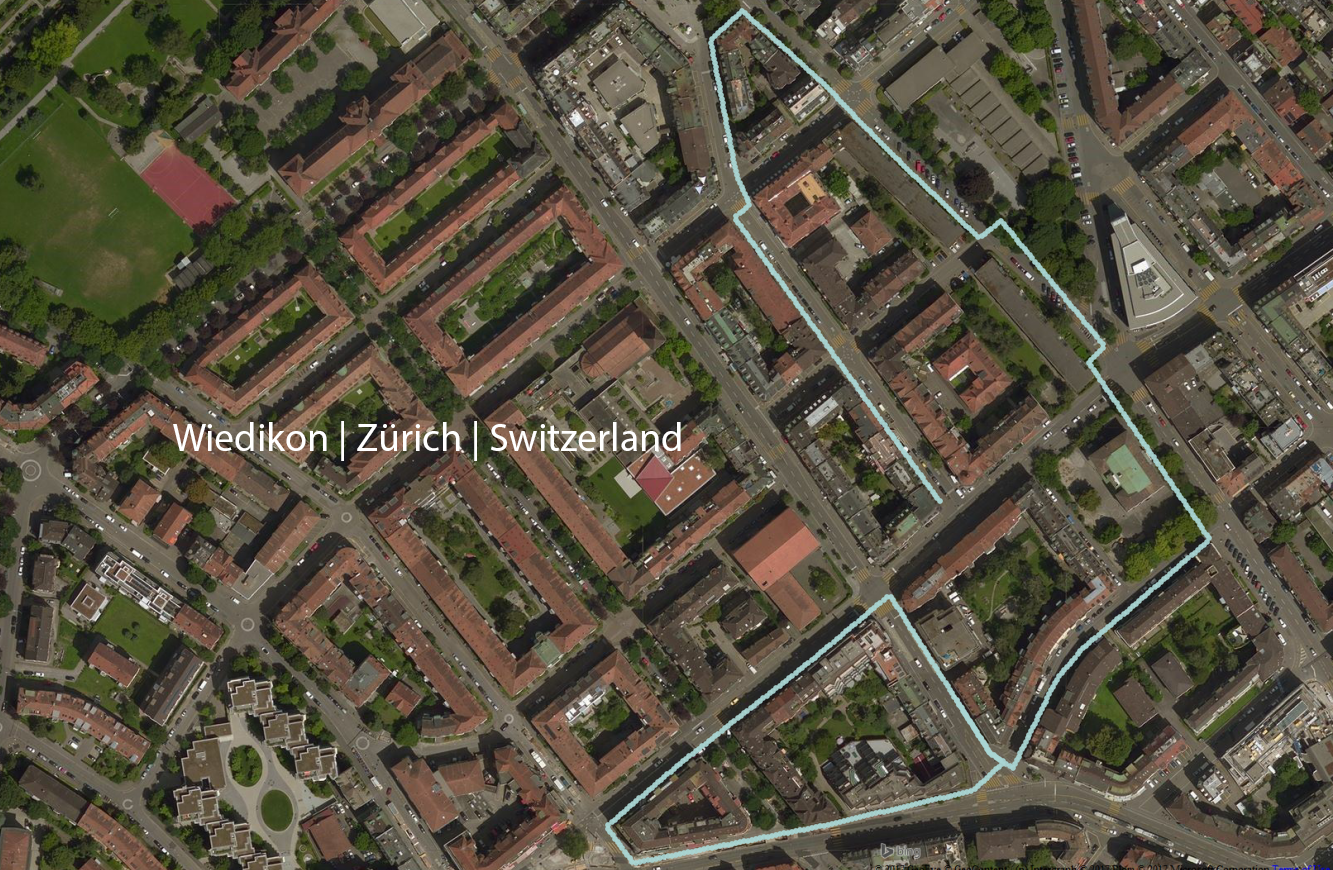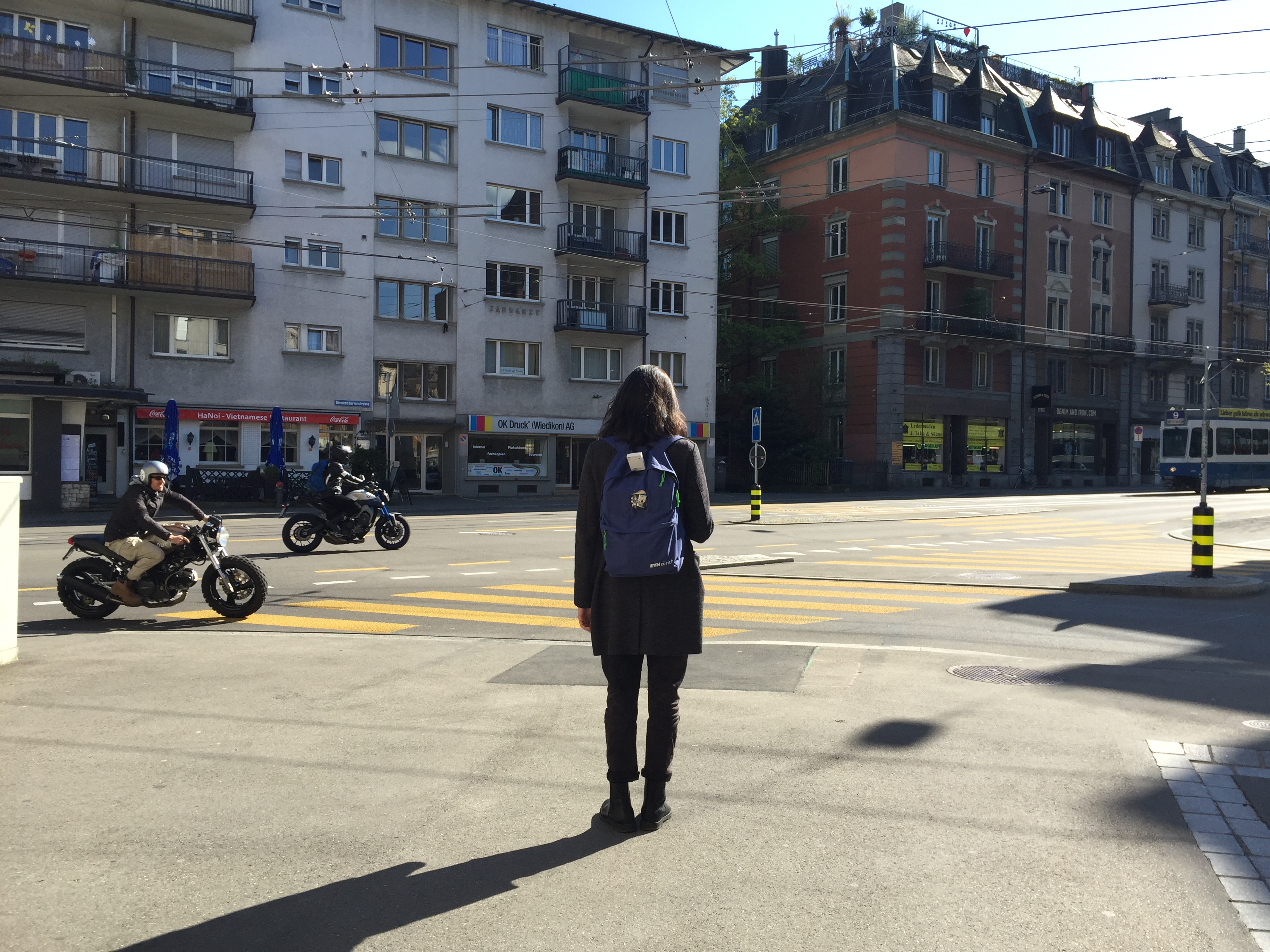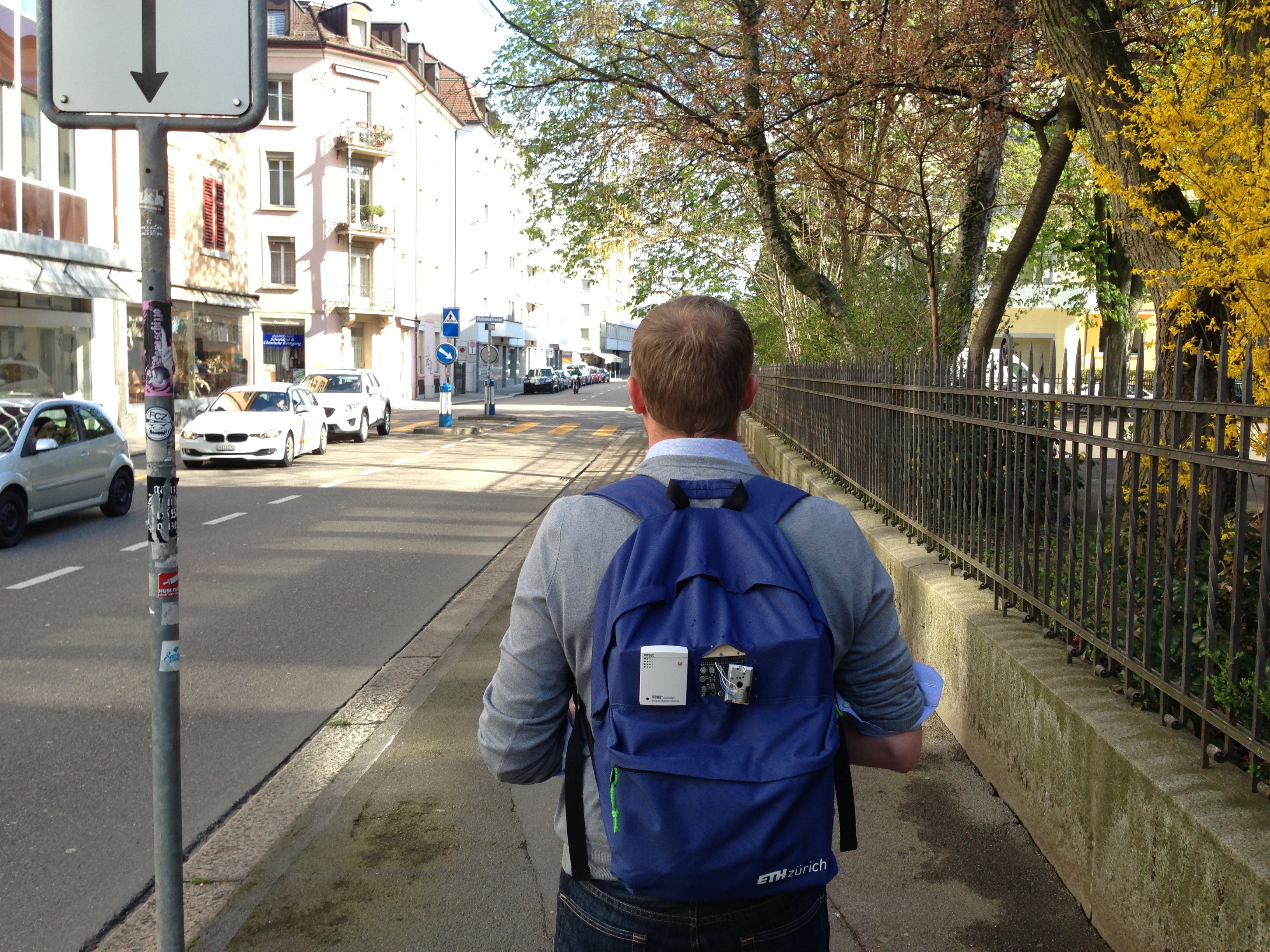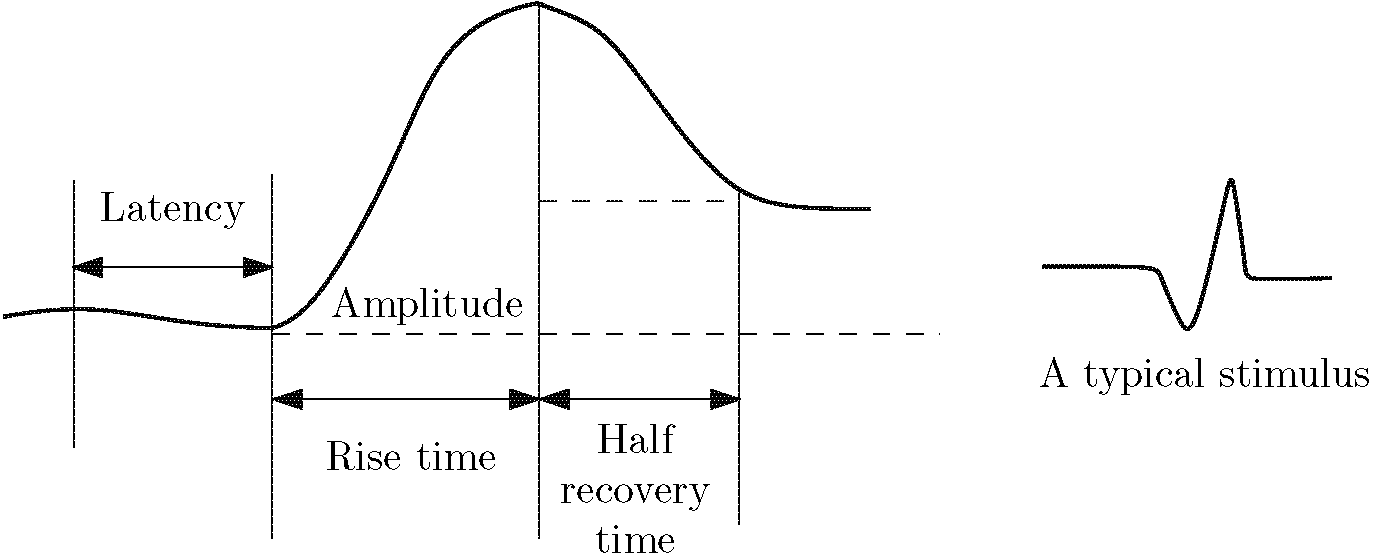Case Study

We conducted a study in which we asked 30 participants to take a leisure walk in the neighborhood of Wiedikon district of Zurich, Switzerland. We recorded environmental conditions and the corresponding participant's physiological responses to investigate the relationship between environmental conditions and the corresponding participant's physiological responses.
Anything in the urban environment can influence participants' physiological responses. Thus, the dynamically changing environmental conditions were measured simultaneously with the participant's physiological arousal state measures.
Example of two participants during the study:
 |
 |
Urban Environment
Dynamic environmental conditions such as noise, temperature, illuminance, field of view, walkable area and traffic speed have the potential to influence an individual’s perception.
| Environmental features | |
|---|---|
| Noise (soundscape) sensor: Smart Cities Board Manufacturer: Libelium Comunicaciones Distribuidas S.L., Zaragoza (Spain) Measurement range:50-100 dB Frequency: 0.4 Hz Accuracy: ± 2.5 dB Physical meaning: Visit |
|
| Dust sensor: Smart Cities Board Manufacturer Libelium Comunicaciones Distribuidas S.L., Zaragoza (Spain) Measurement range: 0.5V/(0.1 mg/m3) Frequency: 0.4 Hz Accuracy: Operating supply voltage 5±0.5V |
|
| Temperature sensor: HOBO U12 Logger Manufacturer: Onset Computer Corporation, Bourne, MA, USA Measurement range: -20°C -70°C Frequency: 1 Hz Accuracy: ± 0.35°C from 0°C to 50°C |
|
| Relative Humidity Sensor: HOBO U12 Logger Manufacturer: Onset Computer Corporation, Bourne, MA, USA Measurement range: 5%-95% (non-condensing) Measurement unit: % Frequency: 1 Hz Accuracy: : ± 2.5% typical, ± 3.5% max |
|
| Illuminance sensor: HOBO U12 Logger Manufacturer: Onset Computer Corporation, Bourne, MA, USA Measurement range: 10-32,200 lux Frequency: 1 Hz Physical meaning: Visit |
|
| Global Navigation Satellite System (GNSS)/ Global Positioning System (GPS): Ducat 10 uBlox NEO-M8N, TW2410 Antenna Manufacturer: Tallysman Wireless Inc. Measurement: WGS84 spherical coordinates Frequency: 1Hz Accuracy: Visit |
|
| Computed values as per morphology of urban environment a GPS location. Isovist area Isovist perimeter Isovist occlusivity Isovist compactness |
Isovist
An Isovist is defined as the area that can be seen from a single vantage point. Benedikt (1979) suggested several properties that can be derived from an Isovist polygon for the characterization of spatial situations. In this study, we are using four Isovist properties: area, perimeter, compactness, and occlusivity. Instead of a 360°Isovist, we calculated directed 180°Isovists in order to be able to take account of different evaluations in different directions.
Area: Surface area of the isovist polygon.
Perimeter: Length of the perimeter of the isovist polygon.
Compactness: Ratio of area to perimeter (related to an ideal circle).
Occlusivity: Length of occluding edges.
Human Perception
Skin conductance responses of participants were measured with an Emapatica E4 wearable device and processed to detect arousal levels as an indicator of perception.

Wearable Device: Empatica E4
Electro-dermal Activity (EDA) sensor: sympathetic nervous system arousal measurement of skin conductance
Measurement range: 0.10 to 100 µSiemens
Frequency: 4 Hz
Photoplethysmography Sensor (PPG) sensor: Blood Volume Pulse (BVP) measurements for heart rate variability (HRV) calculations
Photodiodes: 2 Units of Photodiodes consisting of 2 Green LEDs and 2 Red LEDs (15.5 mm2 sensitive area)
Sensor output resolution: 0.9 nW/Digit
Frequency: 64 Hz
Infrared Thermopile: skin temperature measurement
Measurement range: -40 to 115 °C for skin temperature
Frequency: 4 Hz
Accuracy: ± 0.2°C within 36-39°C
Resolution: 0.02°C
Description: The Collected sensor data-sets are uploaded to the Empatica server where Empatica filters the data to remove motion-based artifacts. The processed sensor data are downloadable at emapatica
Research Questions
-
Can we predict physiological response based on a particular environmental condition?
-
Can we infer the relationship between physiological responses and environmental conditions?
-
What are the most significant environmental features affecting physiological responses?
-
What are the patterns in environmental conditions, for which participants exhibit aroused and normal physiological responses?
Manuals
Our designed sensor kit for collecting environmental and physiological data: